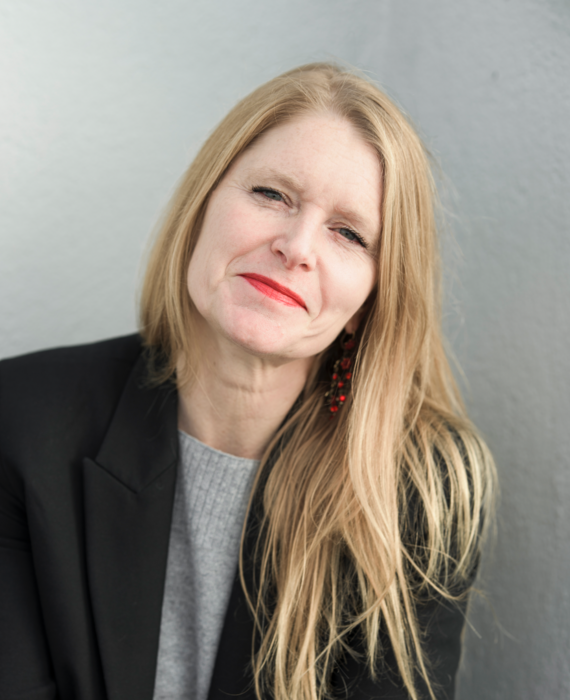New insights into how our cells store and manage DNA during cell division could help point towards the causes of a rare developmental condition.
The findings may also help researchers understand how genes are turned on in a process linked to Cornelia de Lange syndrome – a severe condition that thwarts physical and intellectual development in children.
Scientists showed how proteins in cells work together to package DNA and ensure that it is correctly passed on – in the form of parcels called chromosomes – to new cells that are formed during cell division.
Researchers from the University of Edinburgh and Harvard University set out to better understand how the proteins that carry out these complex tasks work together.
Their study built on previous research that examined how yeast cells – which are used as model organisms – are able to carry out cell divisions without errors.
The team applied imaging technology and genetic analysis to yeast cells to map the molecular interactions involved.
Their findings shows how proteins associated with chromosomes work to set up an environment that ensures careful maintenance of the genetic material.
These proteins carry out a strategy in which biochemical components in the cell designate sections of DNA at which proteins are recruited to organise the genetic material. The results showed the importance of careful timing in this series of steps.
Their study, funded by Wellcome and the Howard Hughes Medical Institute, was published in Cell.
Dr Adele Marston, of the University of Edinburgh's School of Biological Sciences, who took part in the study, said: "For the first time, we've been able to demonstrate biological mechanisms that underpin the organisation of specific pieces of DNA at the right time.
"This is a vitally important process for healthy cell division and to ensure that our genetic material functions correctly. This outcome has the potential to influence how scientists think about important unsolved problems in human biology."
###
Media Contact
Catriona Kelly
[email protected]
44-779-135-5940
@edinunimedia
http://www.ed.ac.uk





